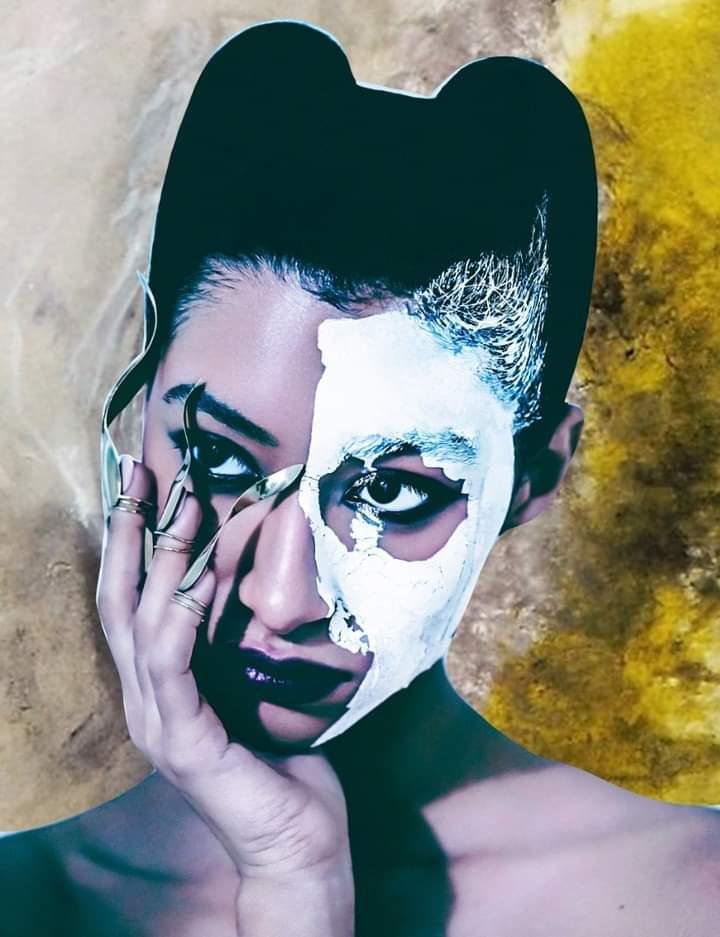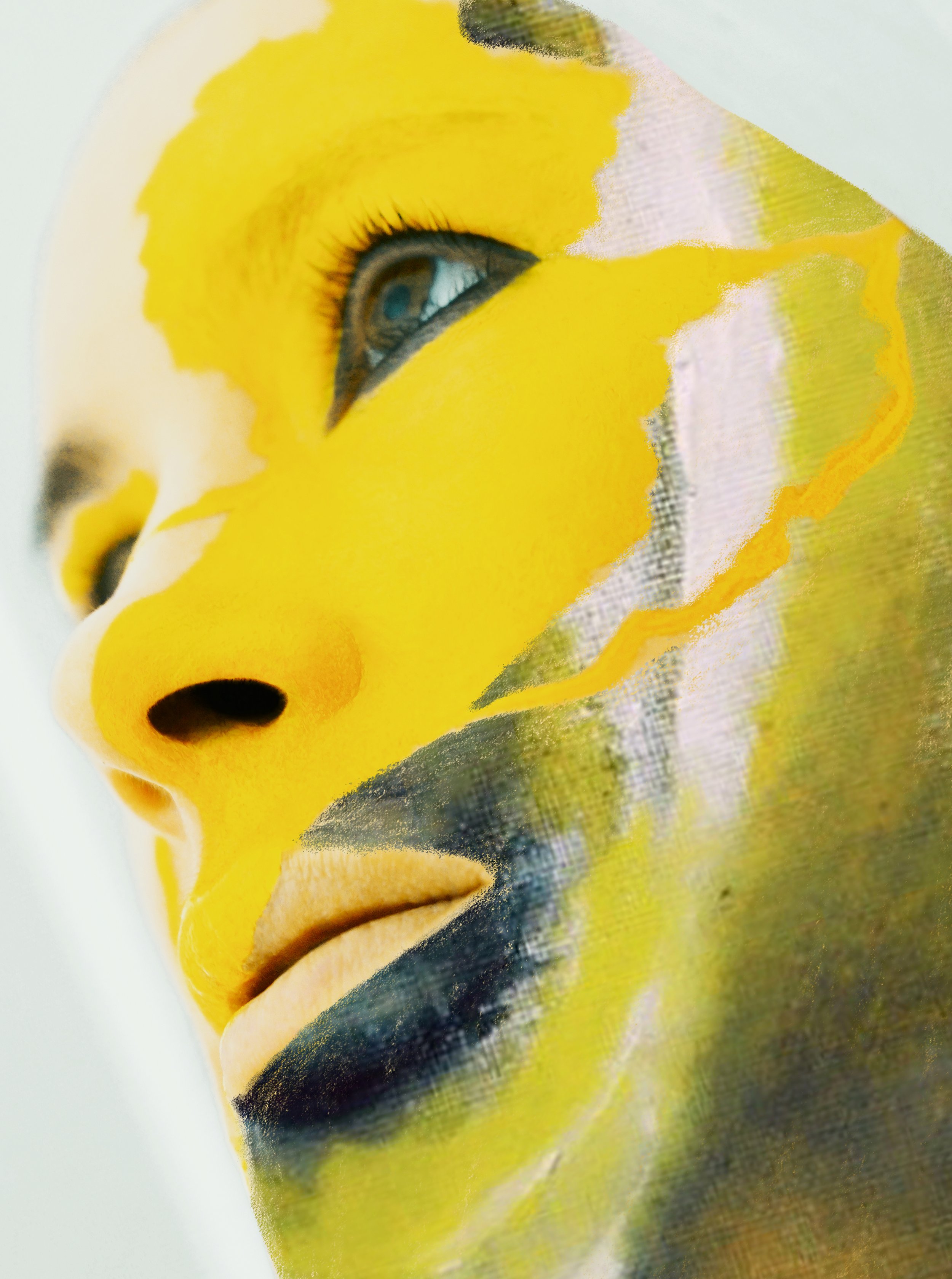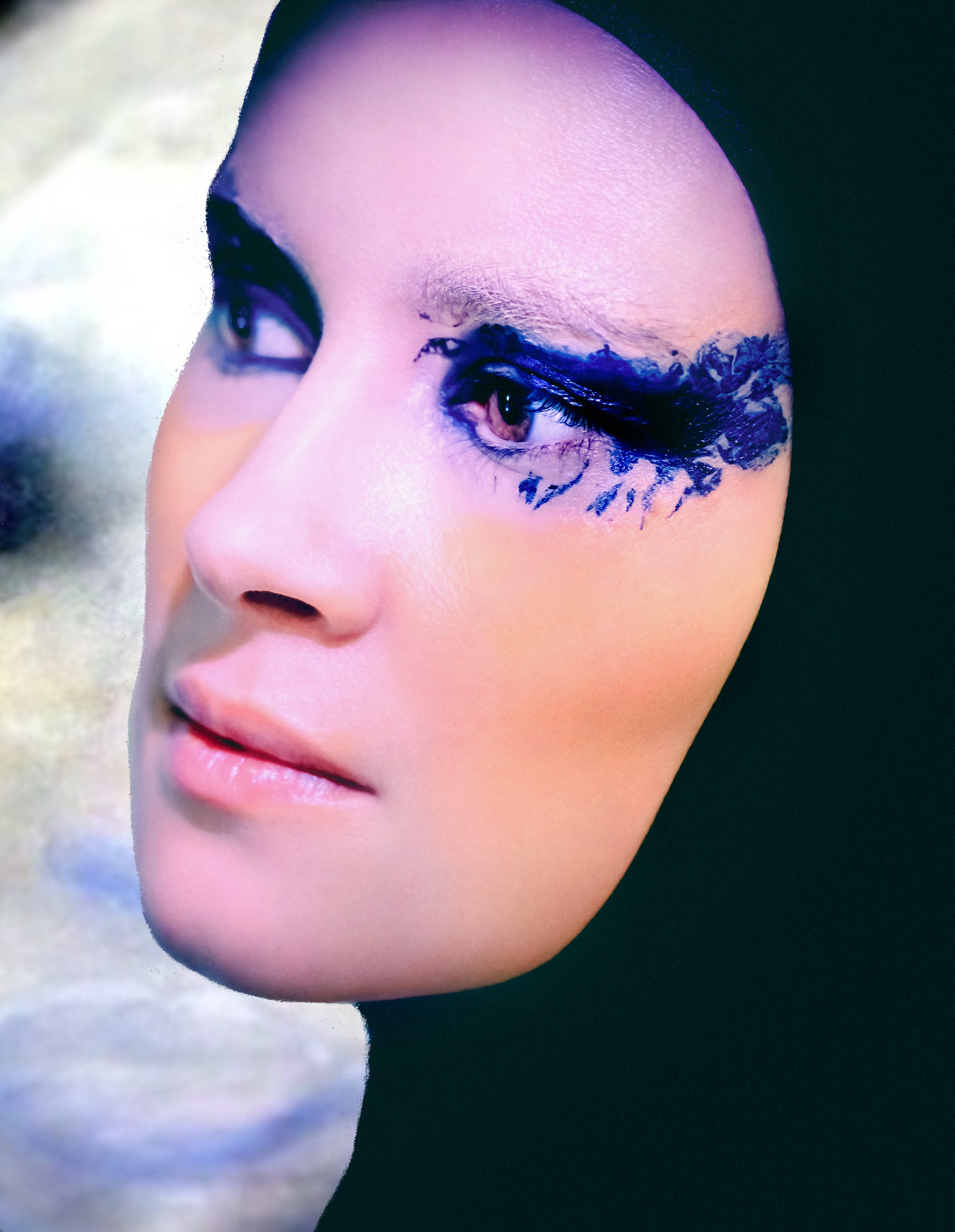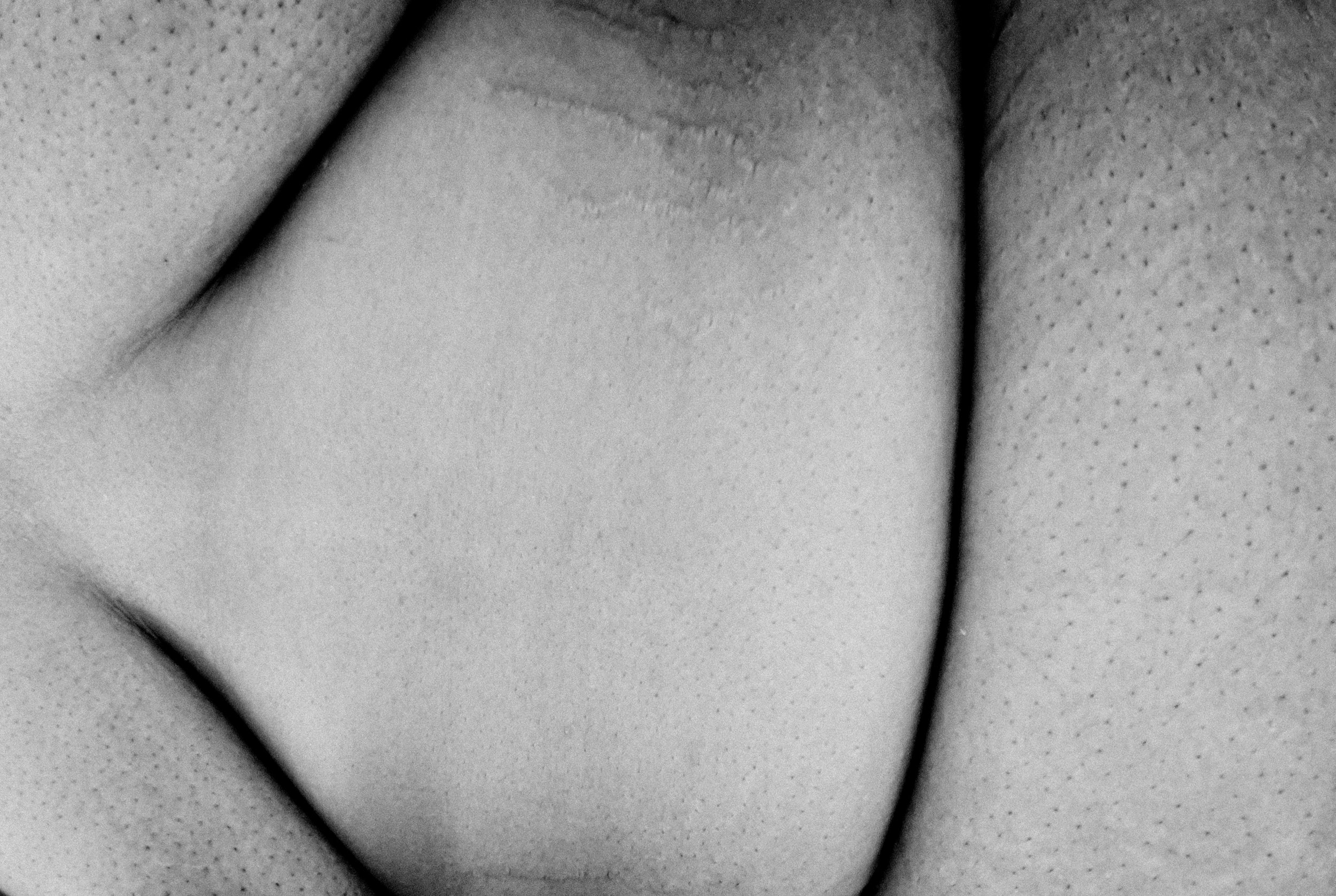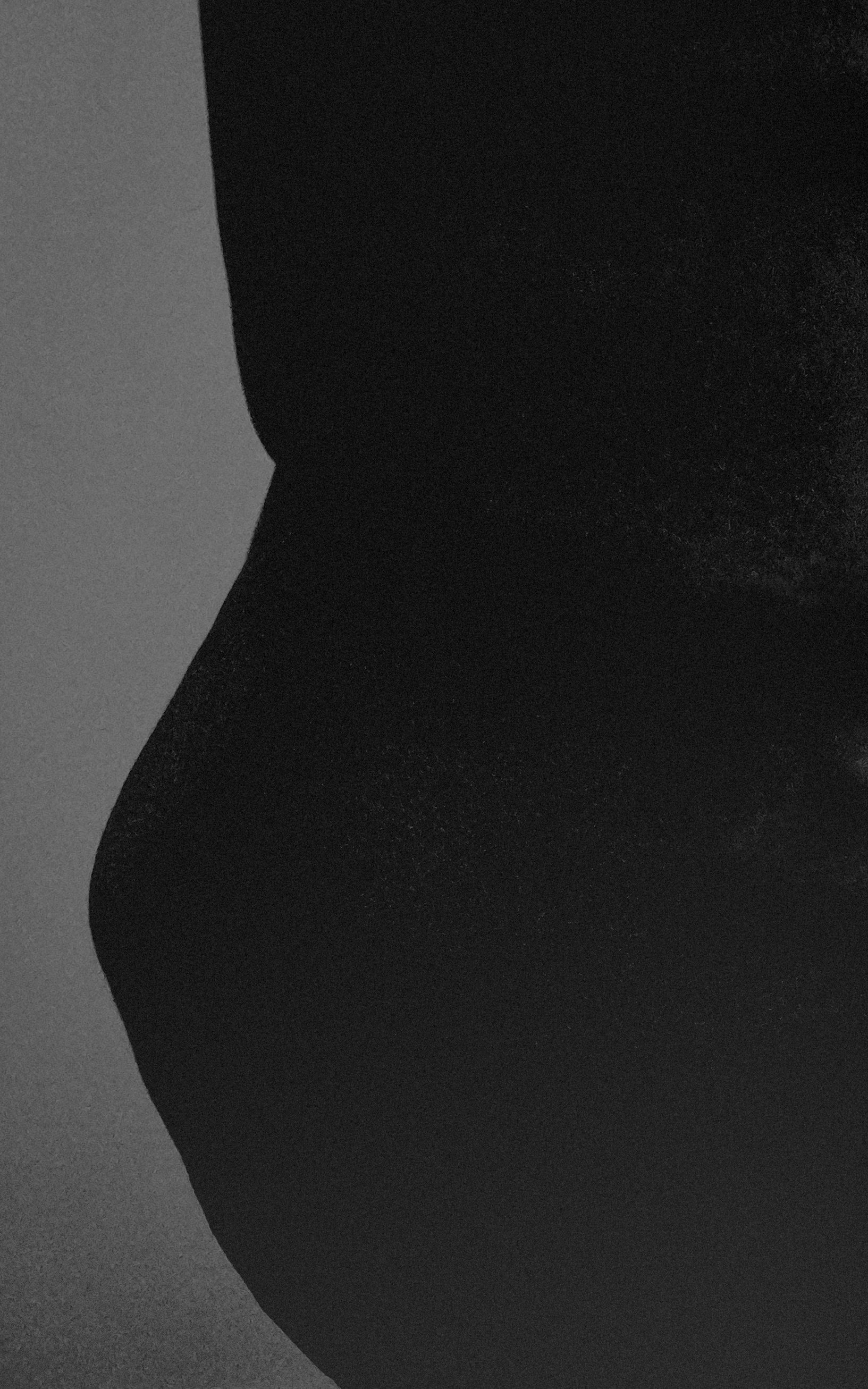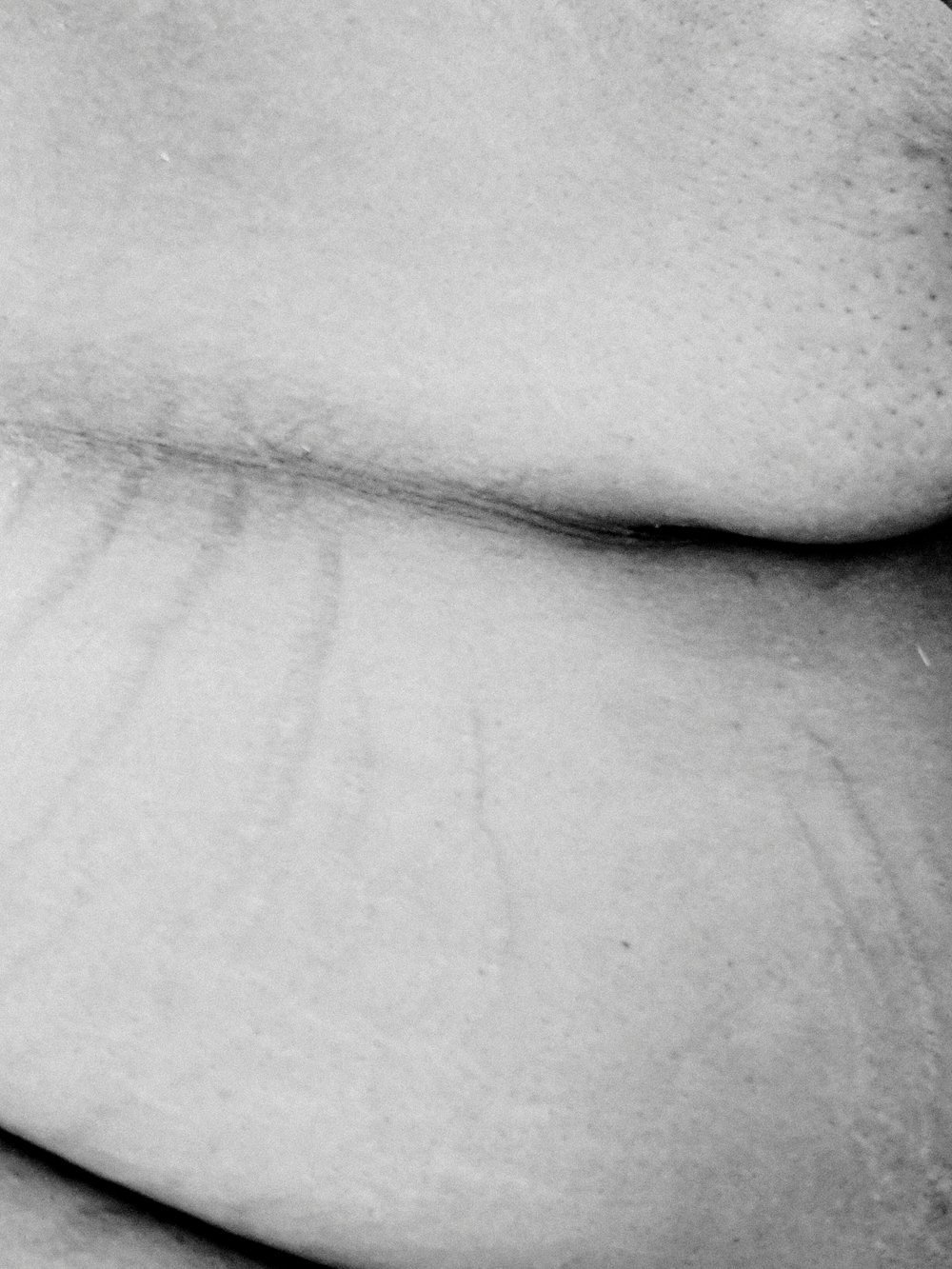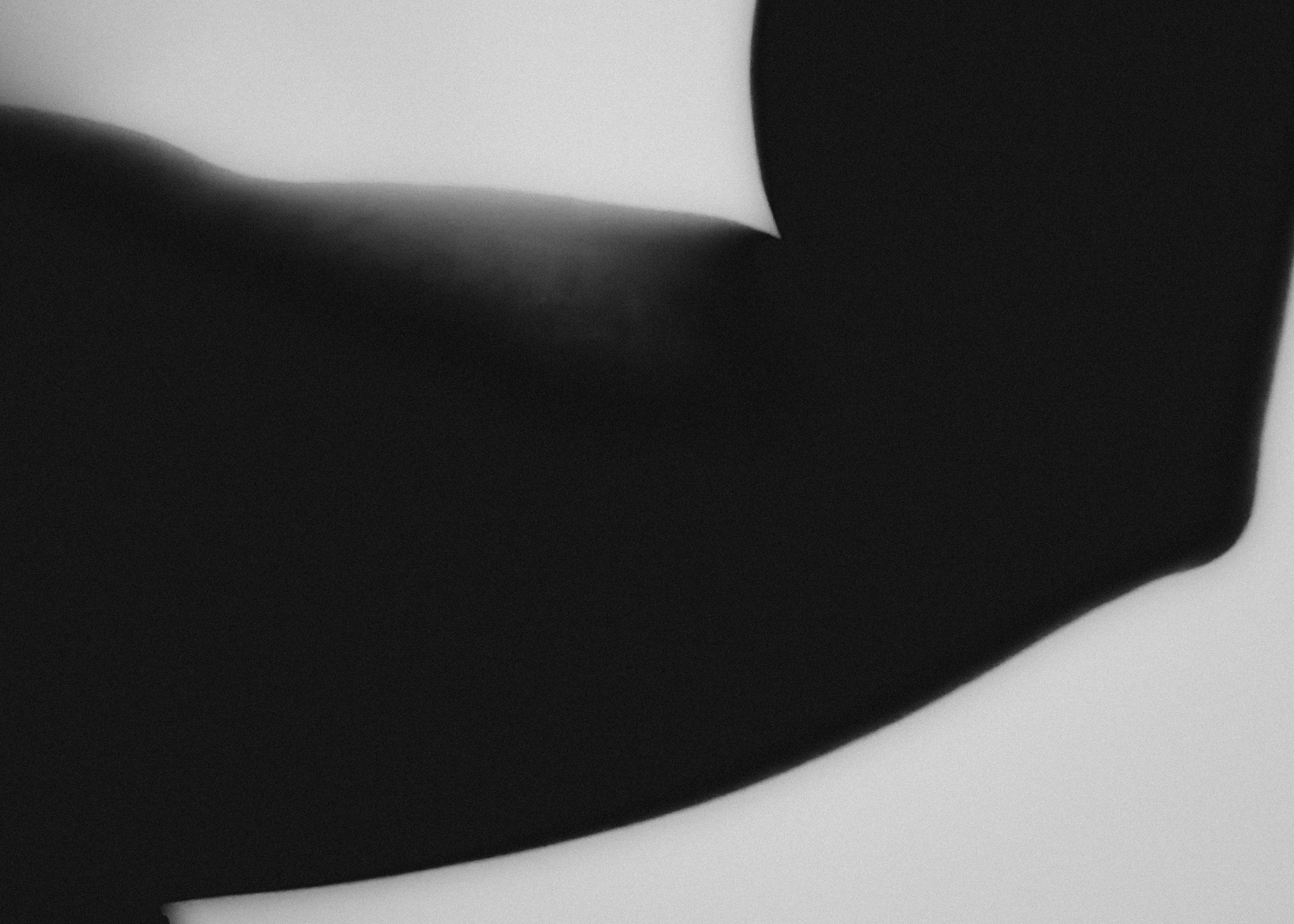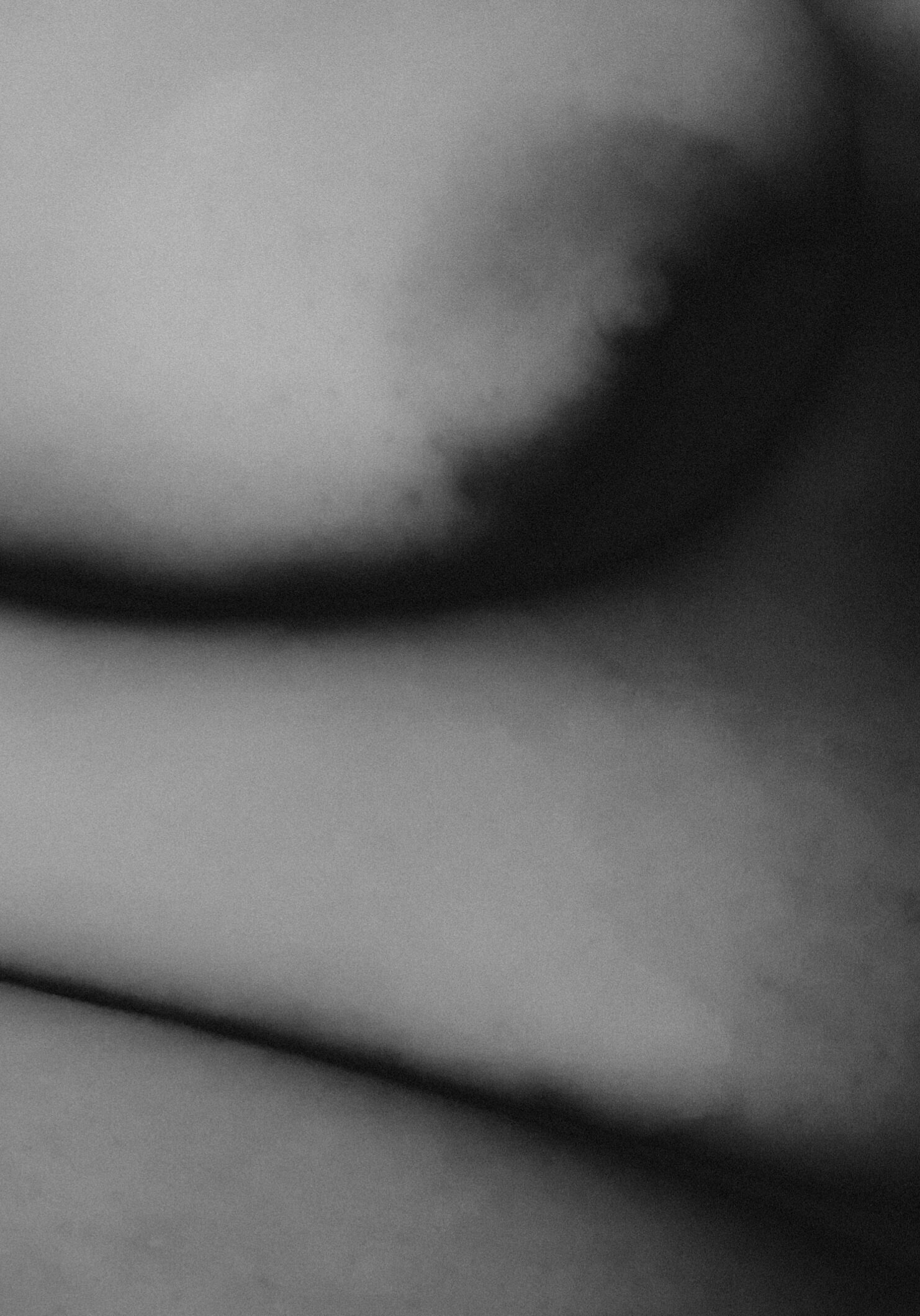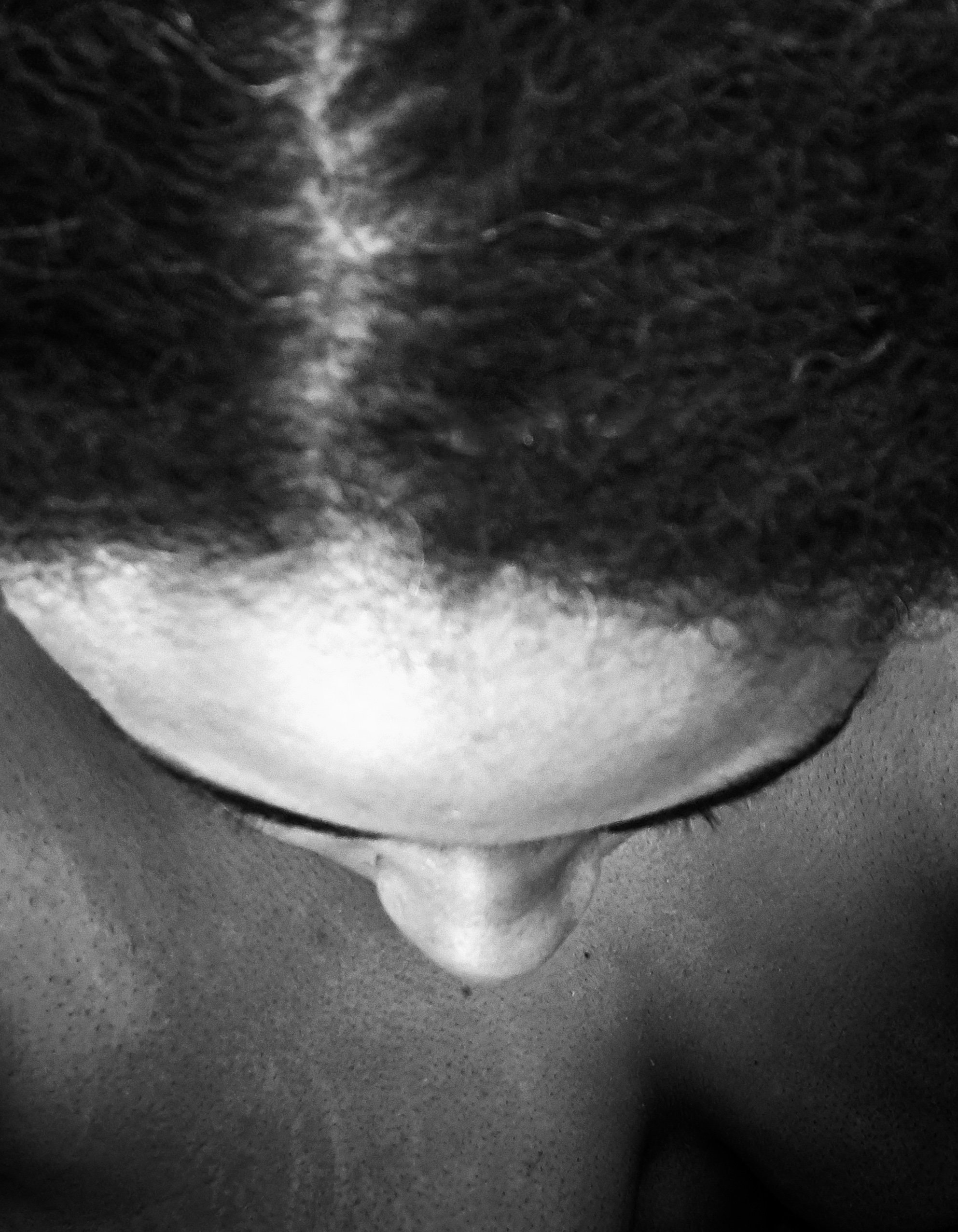Artist Talks with Elizabeth Hazard
How would you describe your work?
I would describe my work as vibrant, fluid, and innovative. I've always been fascinated by the intersection of fashion and art, and I strive to create pieces that not only make a strong visual impact but also evoke deep emotions and spark a dialogue within the viewer. I am continuously pushing my creative boundaries and exploring new techniques so that I can bring a fresh perspectives to my work.
How do you first get an idea for a project?
I usually have two types of ideas: either I feel creatively inspired by what I see or by things that interest me; or it is something I feel strongly about and want to convey through my art. An example of the former would be the project, "Unison" I shot for Glamour where I drew inspiration from the lyrics of the song "Unison" by Björk, which is one of my favorites by the artist. The dynamic and colorful lyricism of the song ("one hand loves the other” for example) was something I always wanted to bring to light via visuals that I believe would capture the essence of the music. In both cases, my creativity is fueled by passion and a solid purpose to transcend boundaries.
You're very open about your visual impairment. How does this shape your work and focus?
Yes, I am. I strongly feel that disabled artists are misunderstood and underrepresented in the arts. This is particularly significant to me because my disability not only affects my daily life but also influences my artistic expression. It is impossible for my disability not to be interwoven into my work since it permeates every aspect of my life. It shapes my artistic approach, directing my focus not only in terms of the limitations imposed by my unique visual constraints but also metaphorically, as I want to convey something deeper than the mere technical aspects of an image.
You've been working on some really compelling projects recently. Can you speak to this current work?
Thank you. One of my recent projects, titled "Artception", is a comprehensive art piece that delves into the combination of my photographs and original paintings. The project features conceptual makeup designs by Sasha Lutfullina and illustrations by Silvan Borer, brilliantly modeled by Jeincy Paniagua. My paintings, which were created over a period of ten years, were, in part, my way of coping with the devastating news that I was losing my sight due to an irreversible and untreatable eye condition called retinitis pigmentosa. Those paintings were my personal connection to my failing eyesight at the time and thus “Artception” culminates my journey of healing and celebration of the obstacles I’ve overcome.
How do you define beauty?
For me, beauty transcends outer appearances and is rooted in one's character, the purity of their heart, and the values they uphold. I find anyone to be beautiful if they exude an inner radiance that speaks to their kindness and compassion overall.
What inspires your work the most?
As an artist, I find immense inspiration in the act of sharing my art with others and seeing how it resonates. This exchange alone is inspiring, and will always move me. It is a humbling and deeply gratifying experience to contribute to the creative collective, offering a piece of myself to the world and receiving the gift of connection in return.
Your project The Disappearing Body is such a personal piece of work. Can you talk about that with us? What do you hope viewers gain from seeing that work?
In this series, I delve into the complex and even contradictory emotions that come with fully embracing my fat Black body in a world that constantly sends messages that bodies like mine don't fit the mold of conventional beauty while simultaneously embarking on a weight loss journey that is medically necessary. It's a dual existence, where I navigate between cherishing my body as it is and acknowledging the need for change. Through this series, I honor and memorialize my body, recognizing its strength and inherent beauty. In doing so, I also want to offer a testament to the power and resilience of all marginalized bodies, while celebrating our fight for acceptance and inclusivity. It was also important for me to see and experience myself as a muse, and see my own body as art. I am proud that the imagery I've created exists alongside other pieces that I perceive as fine art, demonstrating again that beauty transcends the conventional and that art is all-encompassing.


